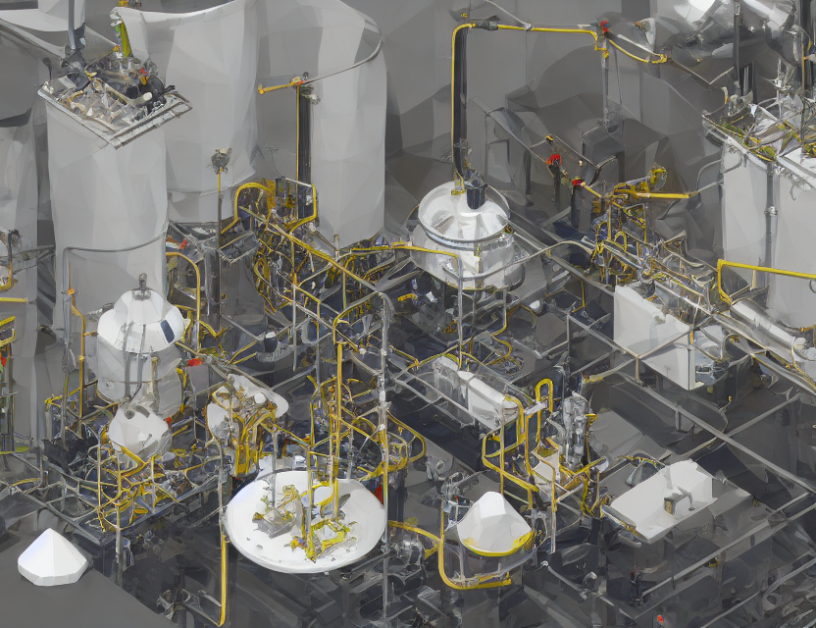In this article, we explore the concept of "efficient distillation loss" in the context of semi-supervised continual learning. Semi-supervised learning is a technique used to train machine learning models on data that contains both labeled and unlabeled examples. The goal of semi-supervised learning is to improve the accuracy of the model by leveraging the large amount of unlabeled data, while also using the limited labeled data to guide the learning process.
One challenge in semi-supervised learning is the problem of "distribution bias," which occurs when the distribution of the labeled data differs from that of the unlabeled data. This can lead to poor performance on both old and new tasks, as the model becomes overly specialized to the limited labeled data. To address this challenge, researchers have proposed various techniques, including "distillation loss."
Distillation loss is a method that involves training a smaller model (the "student") to mimic the behavior of a larger, more complex model (the "teacher"). The student model is trained on both labeled and unlabeled data, while the teacher model is trained only on the labeled data. By comparing the predictions of the student model with those of the teacher model, the student model can learn to improve its performance on both old and new tasks.
However, existing distillation loss methods have limitations. For example, they may not be effective in mitigating distribution bias, especially when the labeled data is limited. To address this issue, researchers propose the use of a "efficient distillation loss" that scales well with the growing complexity of the tasks.
The efficient distillation loss method involves using a combination of absolute representations and relative representations to train the student model. Absolute representations are based on the raw features of the data, while relative representations take into account the similarity between different examples. By combining these two types of representations, the student model can learn to make more accurate predictions, even when the labeled data is limited.
Experiments conducted using several benchmark datasets demonstrate the effectiveness of the efficient distillation loss method in improving the performance of semi-supervised continual learning models. The results show that the method can significantly improve the accuracy of the model on both old and new tasks, while also reducing the amount of labeled data required for training.
In conclusion, efficient distillation loss is a promising technique for improving the performance of semi-supervised continual learning models. By leveraging the large amount of unlabeled data, the method can help to mitigate distribution bias and improve the accuracy of the model on both old and new tasks. As the complexity of tasks increases, the efficient distillation loss method scales well, making it a valuable tool for a wide range of applications.
Computer Science, Machine Learning
Enhancing Semi-Supervised Continual Learning via Distillation



